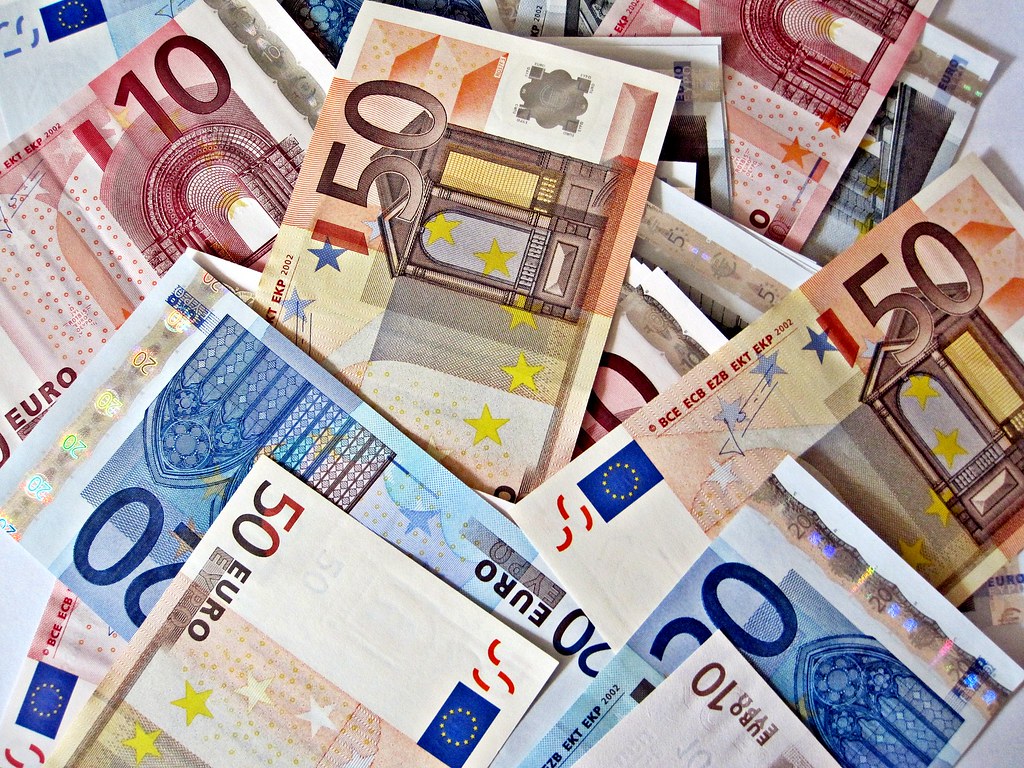FOREX-Euro's post Fed glow fades on bleak German industrial orders
The euro pulled back from a one-week high against the U.S. dollar on Thursday after German industrial orders fell more than expected in March, signalling Europe was facing growing headwinds from the war in Ukraine. The dollar had weakened after the Fed raised interest rates by 50 basis points.

The euro pulled back from a one-week high against the U.S. dollar on Thursday after German industrial orders fell more than expected in March, signaling Europe was facing growing headwinds from the war in Ukraine.
The dollar had weakened after the Fed raised interest rates by 50 basis points. Hedge funds trimmed extended long positions after Fed Chair Jerome Powell told reporters later that policymakers were not actively considering 75-basis-point moves in the future. But the U.S. currency saw some fresh demand in London trading after Germany reported industrial orders in March suffered their biggest monthly drop since last October.
While pressure grows on global policymakers to rein in surging inflation, the German data raises questions about how quickly can the European Central Bank afford to tighten policy without choking economic growth. Money markets expect an ECB interest rate hike as early as July. "The German data was dreadful and the dollar is regaining some lost ground," said a trader at a European bank.
The dollar index slid 0.9% from near a two-decade high to 102.450 in the wake of the Fed decision but was up 0.4% in early London trading at 102.82. The single currency which briefly climbed to a one-week high of $1.0639 on Thursday ceded gains and fell 0.2% to $1.06020 It matched an early 2017 low of $1.0470 last month.
Expectations of a hawkish Fed have weighed heavily on markets this year and powered the dollar higher. It is up more than 7% so far this year against a basket of other major currencies, on track for its biggest annual gains since 2015. But with its index now around 103, investors are wondering whether the dollar has the legs to rise more than 15% to its 2002 highs or fall back by a similar margin to the lows of 2017 and 2020.
"The only thing that can change the outlook of a broadly stronger dollar is a weakening of the U.S. economy," said Kenneth Broux, a currency strategist at Societe Generale in London. Sterling fell more than 0.5% to $1.2561 before a Bank of England (BoE) meeting where traders have fully priced a 25 basis-point rate hike.
(This story has not been edited by Devdiscourse staff and is auto-generated from a syndicated feed.)
ALSO READ
Bayer Leverkusen is on the verge of historic double after reaching the German Cup final
German defence minister wary of doubling structures on Ukraine NATO fund
GLOBAL MARKETS-Stocks and bonds take heart from Powell; commodities strong
European stocks rise ahead of inflation data; Basilea shines
European stocks rise ahead of inflation data; Basilea shines










